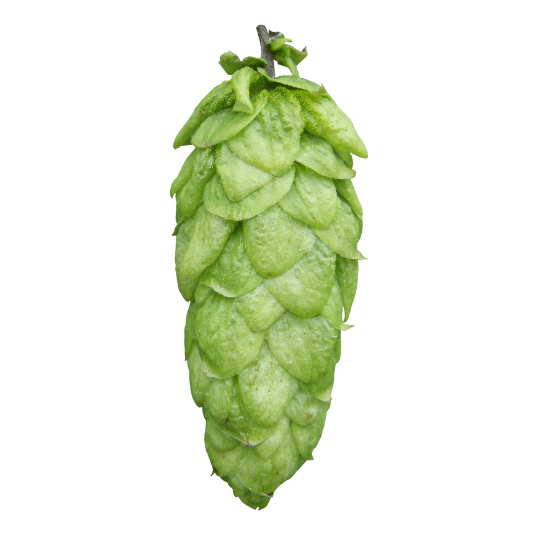

Northdown hops are a classic British variety known for their versatility and balanced character. First released in 1970, this hop was bred at Wye College as part of a programme focused on disease resistance and brewing performance. As a daughter of Northern Brewer and an aunt to Target, the Northdown hop shares many of the same dependable traits.
Northdown hops offer a well-rounded profile that works across multiple beer styles. They provide cedar, pine, and spicy notes alongside mild hints of floral in the beer. With alpha acids typically ranging between 6% and 9%, this hop contributes firm bitterness while maintaining smoothness on the palate.
Because of its complexity, the Northdown hop can serve both as a bittering hop and as part of aroma additions. Although modern brewers often choose high-impact American varieties for dry hopping, Northdown remains a reliable choice for traditional ales and lagers.
Despite the influx of newer hops, Northdown remains relevant. Its moderate oil content and solid yield make it a practical option for commercial production. Moreover, it offers consistent brewing results, which is why it continues to feature in many traditional British beers.

